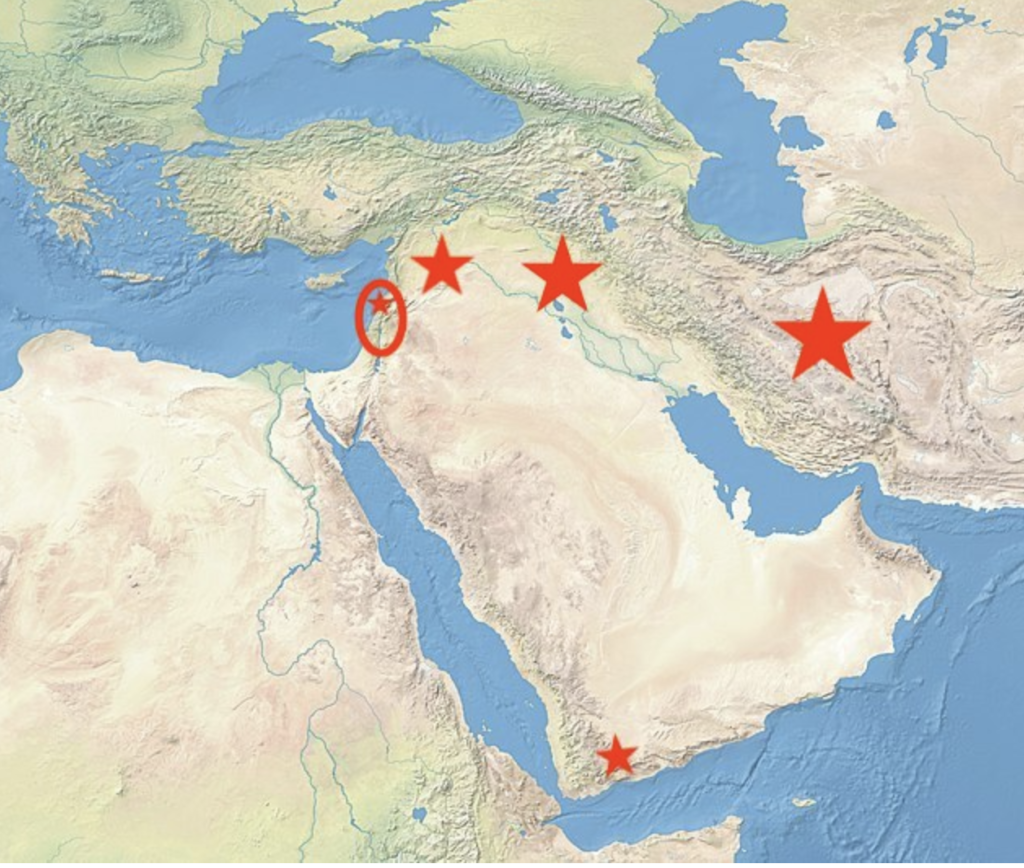Ironic Aspects of Violence: Comparing the U.S. with the Middle East

By: Joud Sleilaty / Arab America Contributing Writer
Introduction
The Middle East is often depicted as an unsafe place, with numerous countries in the region landing on no-fly lists and foreign governments advising against travel. This stereotype is perpetuated in popular culture, where the Middle East is consistently portrayed as an unsafe warzone. However, the irony lies in accepting this definition when considering the danger present in some Western countries.
As someone who frequently travels to Lebanon, I’ve noticed a peculiar pattern in the advice from my American friends. Every time I visit, the common refrain is to “stay safe,” even during peaceful times. Strangely, similar cautions are not extended when I travel to Western countries, despite their higher crime rates. Kidnappings and gun violence are serious issues in the United States, concerns less emphasized in the Middle East. Moreover, crime in the U.S. can occur unexpectedly even in seemingly secure neighborhoods.
War Probability
Some argue that fleeing a Western country is easier in the event of a crime, but the potential for war is often underestimated. Escalating tensions between the U.S. and Russia are a reminder of the delicate global situation. In January of 2023, people were genuinely worried about the potential of a US-Russia war starting. However, no one told me to “stay safe” when I left Lebanon to go back to the United States that January. In the contrary, once I got back to the United States from my trip, my American friends asked me if I was “safe” during my trip and if my family who lives there feels “safe” as well.
Bombings vs. Gun Violence
Misconceptions about the Middle East often lead people to believe that bombings are a norm in all countries in the region. However, this generalization overlooks the fact that only a small part of the Middle East is engaged in active conflict. Not all countries are currently at war and even in the ones that are, violence isn’t always present. Some areas are safe, whilst others are known to be steered away from. Violence is definitely less predictable, but the chances of getting attacked in a “safe” area are very slim.
Similarly, gun violence in the United States is a pervasive issue, requiring constant vigilance nationwide, even in states with stricter gun laws. The worries I have going back to Lebanon are probably the same worries some people have in the United States while doing something as simple as going to school. Some people who are familiar with both areas of the world might even say that these instances are comparable. However, this isn’t what the majority of “westerners” seem to believe.
Conclusion
The irony of violence between the United States and the Middle East lies in the stark contrast between perceptions and realities. While the Middle East is often unjustly painted as universally dangerous, the United States faces its own set of security challenges. Acknowledging these ironies prompts us to reevaluate our preconceived notions and approach the issue of violence with a more nuanced perspective.
Check out Arab America’s blog here!



